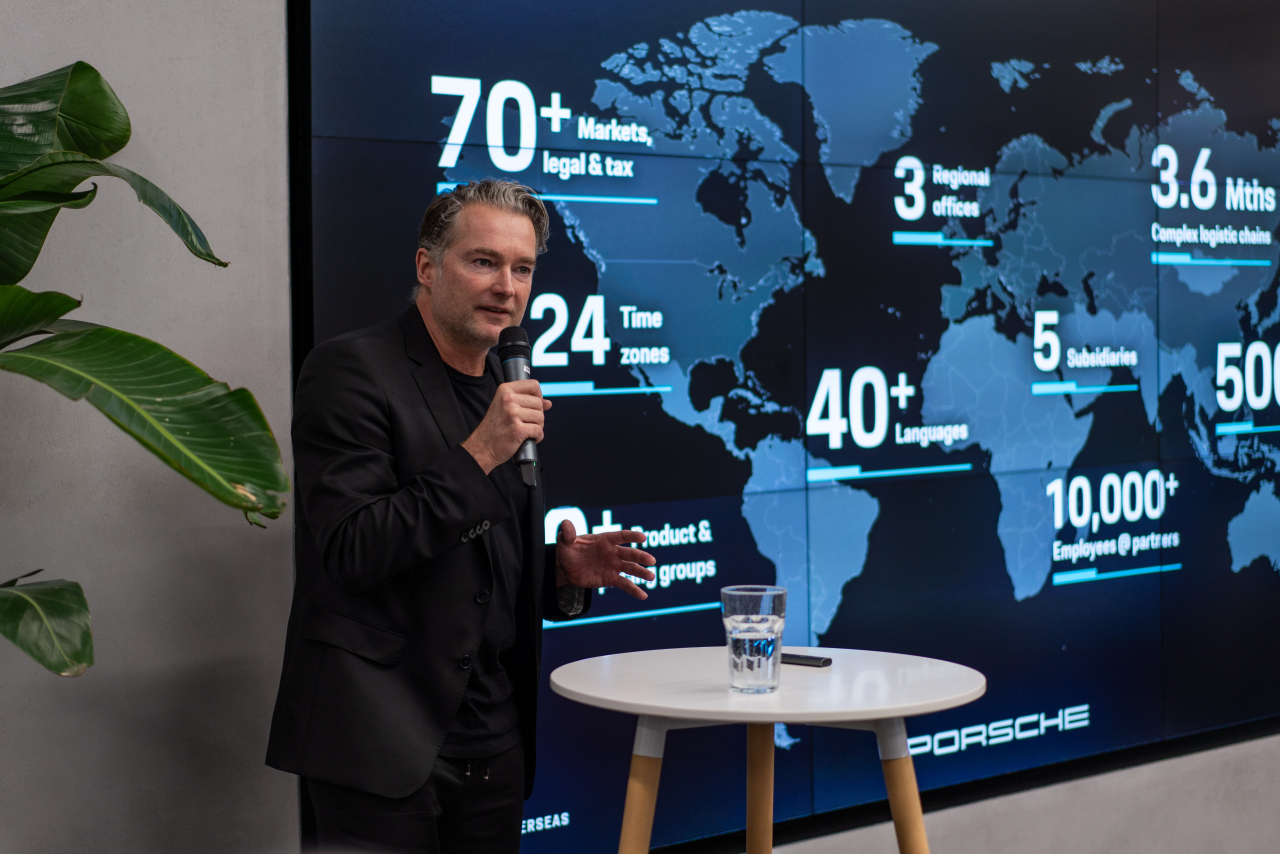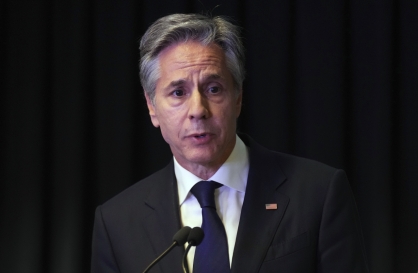 |
Matthias Becker, Porsche’s vice president of region overseas and emerging markets, speaks to global media about the automaker's strategy in Southeast Asian markets ahead of the launch of the new Macan in Singapore on Thursday. (Porsche) |
SINGAPORE -- Porsche has underscored its drive to put a great emphasis on the Southeast Asian region, as the German automaker vowed to find ways to offer various Porsche experiences for the Association of Southeast Asian Nations.
“Our business is based on four pillars and (they are) Europe, North America, China and (what we call the) 'overseas region,' which is becoming more and more important,” said Matthias Becker, Porsche’s vice president of region overseas and emerging markets, in a meeting with global reporters ahead of the world premiere of the new all-electric Macan in Singapore on Thursday.
“Why ASEAN? Today ASEAN is really rising and more than 650 million people are living there. So we expect that by 2030 (ASEAN) is becoming the third-largest region or economy in the world with a very young population eager and motivated.”
According to ASEAN Briefing, a region-specific analysis released by foreign direct investment consultancy, the median age in Southeast Asia is 30.2 years, significantly lower than China’s 38.4 years and Europe’s 44.1 years.
Becker noted that the global headquarters’ decision to hold the new Macan’s world premiere in Singapore aligns with the automaker’s strong commitment to the ASEAN market, which consists of 10 countries: Brunei, Cambodia, Indonesia, Laos, Malaysia, Myanmar, the Philippines, Singapore, Thailand and Vietnam.
“Our aim is to create value-oriented growth and do that in the most efficient way and the customer is the focus of our activities,” he said.
“How do we do that? By creating the best possible brand experience to maximize brand desirability," he continued.
Becker explained that there are two main factors to achieving the automaker’s goals: producing the coolest sports cars in the world and having the right people with the right mindset. He added that Porsche needs to have access to each region with products that fit locally while continuing to develop an innovative and creative omnichannel ecosystem and try out new formats. "Omnichannel" refers to a business approach that looks to provide an integrated and cohesive brand experience to customers regardless of the channels they use.
Porsche’s "overseas region," which includes bigger markets such as South Korea and Japan as well as smaller yet rising markets like Malaysia and Thailand, accounted for 16 percent of the company’s worldwide retail sales last year with 52,220 units sold. The proportion increased by three percentage points in the past five years.
“The top 15 markets are responsible for 90 percent of our sales volume but that doesn’t mean that the smaller markets are not important. We identify markets, which might be bigger in the future and have a big potential, and try to develop them to midsized markets and to big markets to exploit the full potential,” said Becker.
He pointed out Korea’s 23 percent compound annual growth rate between 2010 and 2023 resulting in the sales of 10,501 units in the country last year, an exponential leap compared to the 699 units sold in 2010. Korea alone has become Porsche’s fifth-biggest market in the world, going toe-to-toe with Canada.
“We have seen Korea, Taiwan and Japan, and now we see the next focus area -- that’s ASEAN," said Becker.




![[Weekender] How DDP emerged as an icon of Seoul](http://res.heraldm.com/phpwas/restmb_idxmake.php?idx=644&simg=/content/image/2024/04/25/20240425050915_0.jpg)


